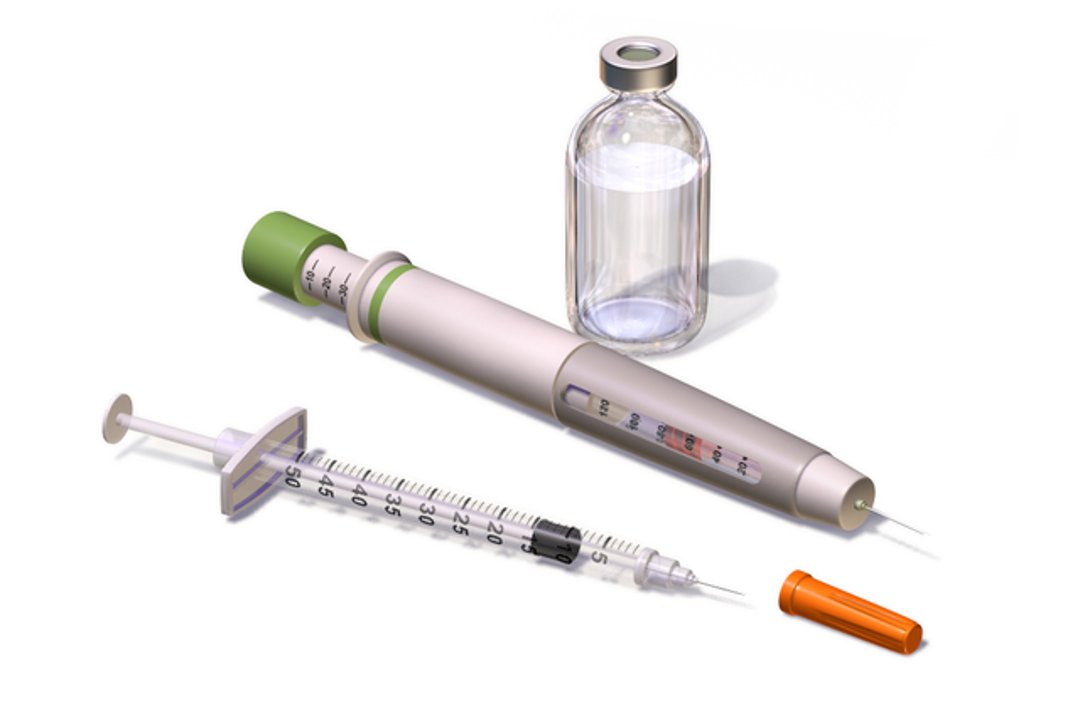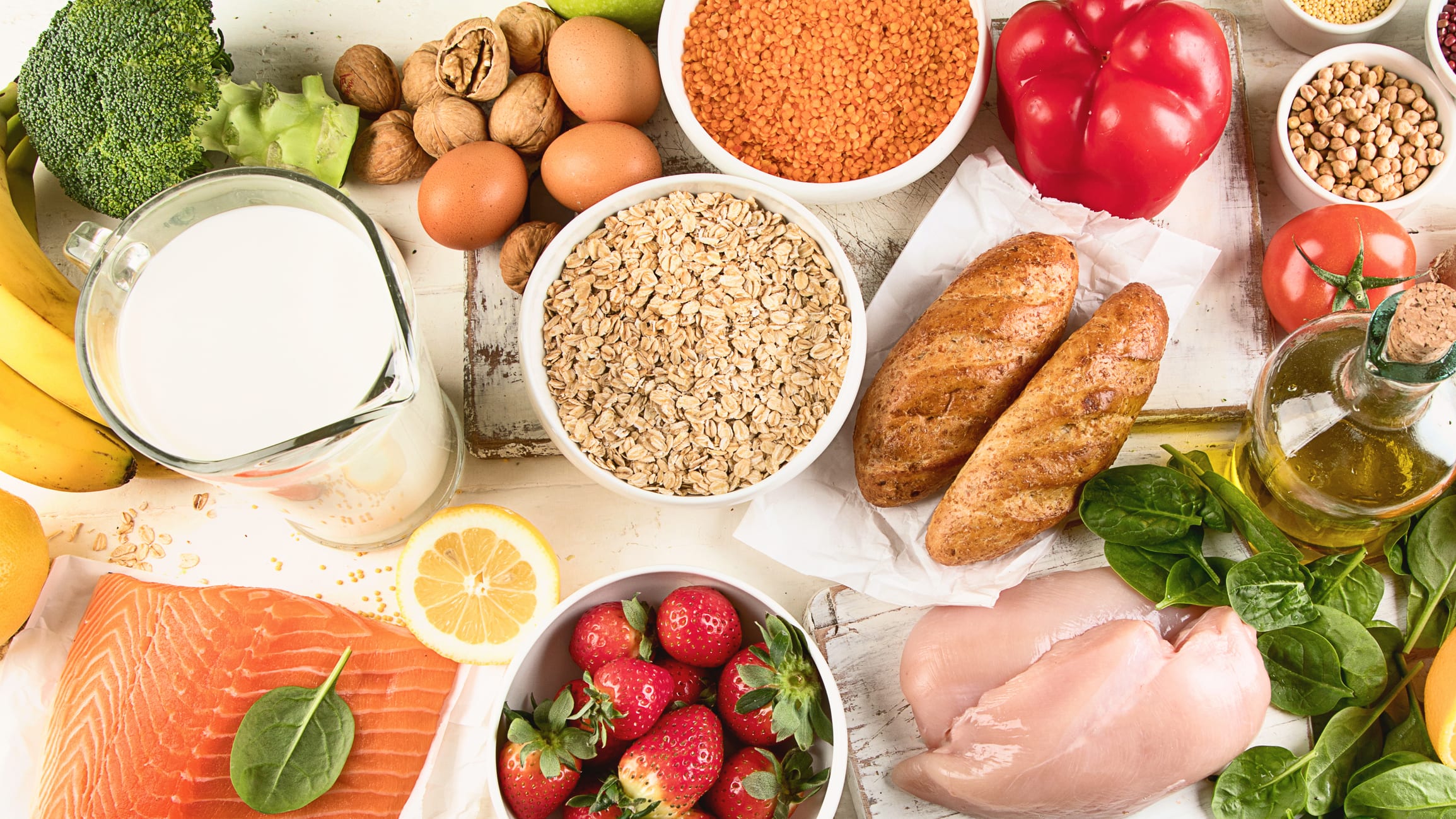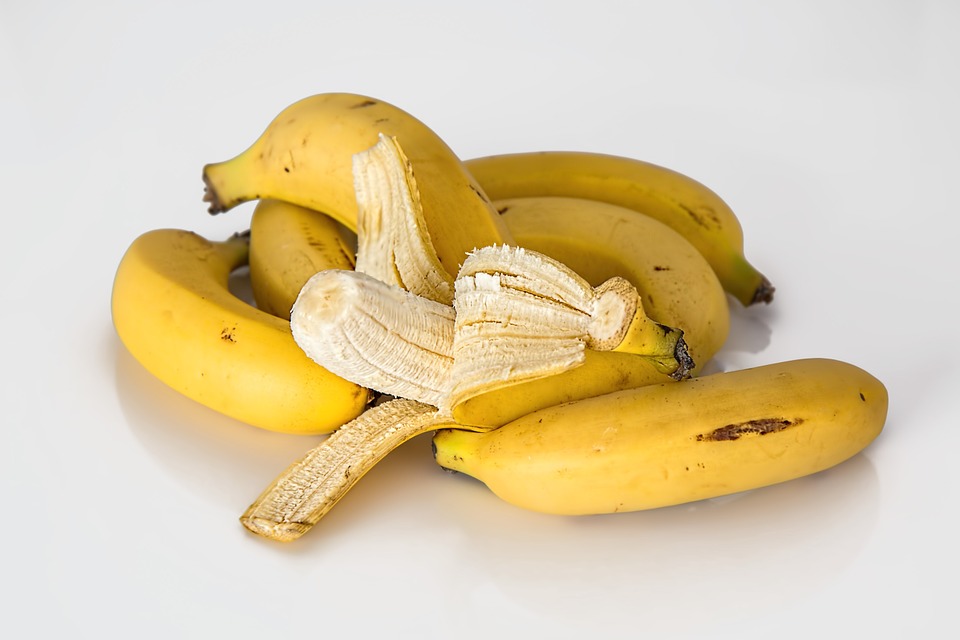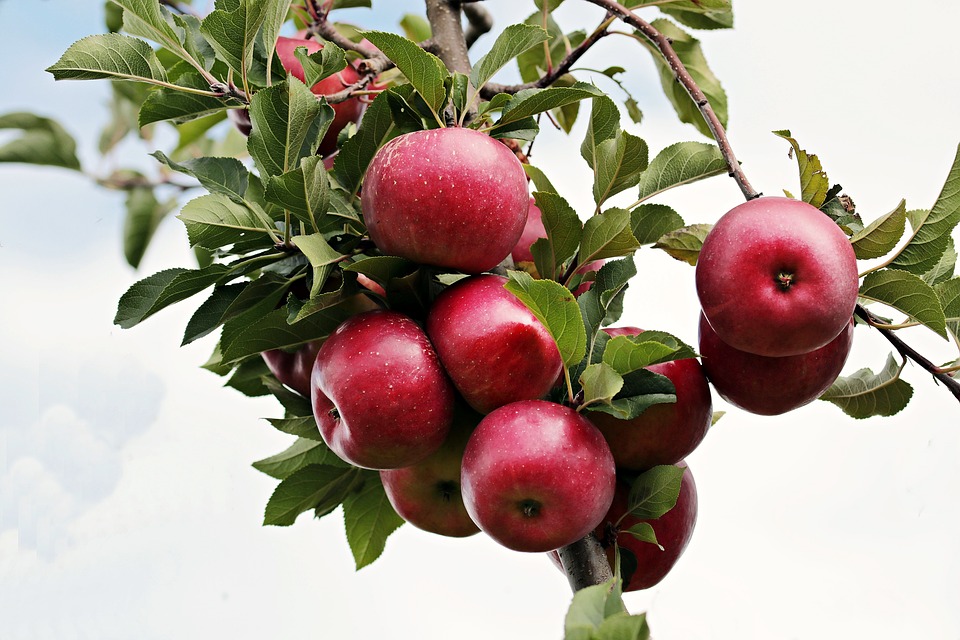Insulin is a hormone secreted by beta cells in our pancreas. We secrete insulin when our blood glucose and amino acid levels rise, which we break down from carbohydrates and proteins. Insulin travels to various cells, particularly our fat, liver, and muscle cells, and lands on a receptor. The receptor, which acts like a switch,...





